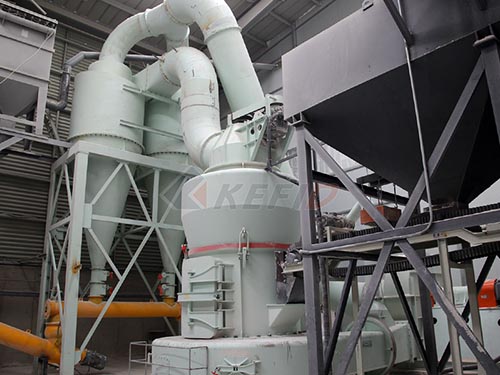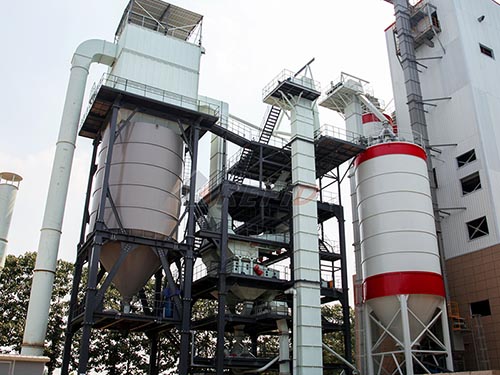High Frequency Screen
A High Frequency Screen is a specialized vibrating screen designed for fine particle separation, widely used in industries like mining, mineral processing, and recycling. Here’s a detailed breakdown:
Key Features:
1. High Vibration Frequency (3,000–7,200 RPM):
- Enables efficient separation of fine particles (typically <0.075 mm) by overcoming surface tension and clogging.
2. Small Mesh Openings:
- Uses fine screens (often polyurethane or stainless steel) to achieve precise grading or dewatering.
3. Low Amplitude:
- Gentle vibration prevents screen damage while maintaining material flow.
4. Applications:
- Mineral Processing: Sizing silica sand, iron ore, coal, etc.
- Aggregates: Classifying crushed stone or sand.
- Recycling: Separating metals, plastics, or waste materials.
- Dewatering: Removing water from slurries (e.g., tailings).
Advantages:
- Higher efficiency for fine materials compared to traditional screens.
- Compact design with modular screens for easy maintenance.
- Reduced blinding/pegging due to intense vibration.

Types:
- Linear Motion: For dry or wet screening at medium

acity.
- Elliptical Motion: Combines high frequency with stratification for better accuracy.
Manufacturers:
Leading brands include Derrick Corporation, Outotec, Schenck Process, and Haver & Boecker.
Would you like details on specific models or operational tips?

